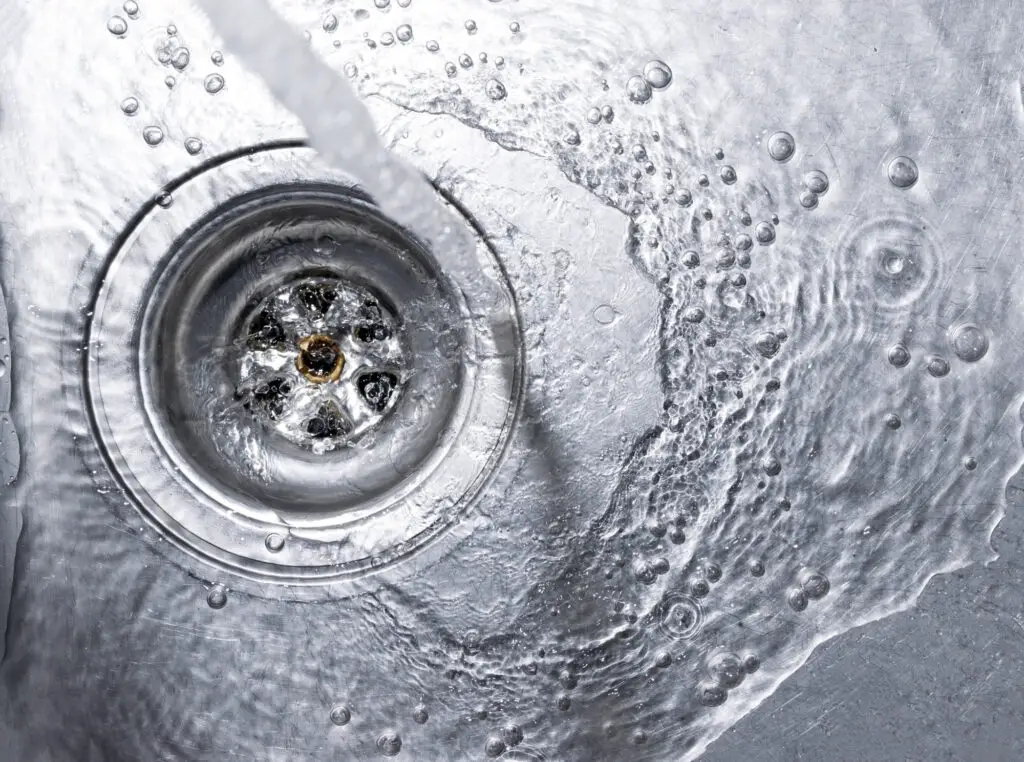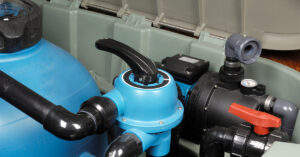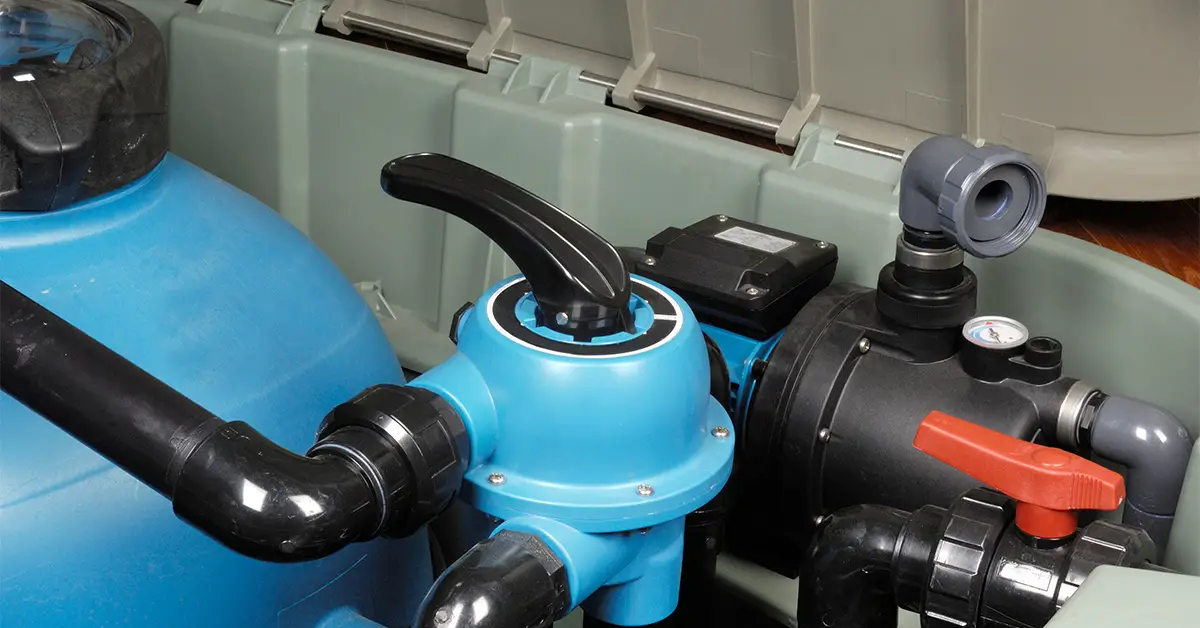The worst has happened. You’re in the middle of washing your dishes when you realize water is puddling in your sink. As the water runs, the level is rising, and soon your kitchen sink will be overflowing.
If you ate Chinese takeout last night, you likely have a kitchen sink clogged with rice. Rice isn’t the only food that clogs your kitchen drain and damages your garbage disposal, though. Being informed on how to keep your drain clear and what to do when it clogs is essential to good homeownership.
To fix a clogged kitchen sink full of rice or other damaging foods, there are a few methods to choose from. You can try pouring boiling water down the drain or using a mixture of vinegar and baking soda. If that doesn’t free up your drain, you could try more abrasive chemicals, but you should call a plumber to avoid further damage to your pipes.
To get more in-depth knowledge about how to avoid this problem in the first place, and what to do when it happens, read this guide.
Table of Contents
Why Is My Sink Clogged?
Drains, pipes, and garbage disposals are generally made of metal, so most people believe they can withstand a lot of damage. While this is certainly the case, the belief prevents people from thinking about exactly what happens when certain substances go down the drain.
While water flushes most things through the pipes without an issue, buildup is possible. As food and other waste go down your drain, they can pile up until they block the flow of water through the pipes. This occurrence is more likely for certain food products and other waste with sticky, oily, or absorbent properties.
Usually, unclogging a drain can be fairly simple. In most cases, you can fix the problem on your own without paying for expensive products or hiring a professional. In more extreme cases, you’ll need expert help to make sure you don’t damage your drains and pipes further.
Leaving drain problems like clogs to build can lead to annoying effects, such as low water pressure and expensive repairs.
What Shouldn’t Go Down Your Kitchen Drain?
The list of things you shouldn’t pour down your kitchen drain is very long, so most people aren’t informed and end up damaging their disposals and plumbing. In any case, it is safer to dispose of food and liquids in the trash instead of down your drains. Making sure to always clear off your plates before you wash them will help keep your pipes healthy.
Experts have a few rules to follow that can help you decide whether a certain food is safe for your drain.
The first rule is to never dump foods and waste down the drain that you cannot chew with your teeth. If your teeth would not be able to cut up the substance, then the substance will likely damage your garbage disposal. It is also probably not a water-solvable material, so if it gets stuck in your drain, water will not be able to break it up and flush it out.
This rule includes fruit pits and bones, which can damage the blades on your disposal and have a difficult time going through your pipes.
The second rule is to avoid all absorbent materials that grow when they touch liquids. Dumping bread, rice, and pasta down your drain is a bad idea. While these substances might seem small and innocent when you dump them, exposure to the water in your drain can make them expand and clog the flow of water.
In addition, starchy foods can also turn into a pasty mush that will coat your pipes and garbage disposal. Rice, pasta, and even flour can cause a thick paste that can stop your disposal from working and buildup over time.
The third rule is to avoid dumping foods that consist of fibers. Lettuce and celery, for instance, have long and strong fibers that can wrap around your garbage disposal blades and build up in your pipes with no chance of dissolving in the water.
Finally, avoid dumping all oils and fats down the drain. They seem innocent because they are liquids at room temperature, but can turn into solids easily. Oil is sticky, too, which will coat the sides of your pipes and is not going to wash away with water.
How to Fix a Kitchen Sink Clogged With Rice
Now that you know how to prevent clogged sinks, you should learn how to unclog your sink after a mistake. To get a sink unclogged, you should always start with the least damaging method first.
Thankfully, boiling water is often enough to dissolve rice in a drain or unclog other blockages. Boiling water will break apart the starchy paste and loosen its hold on your pipes.
First, try boiling two cups of water in a kettle and pouring it directly into the drain opening. Then, wait 10 minutes for the hot water to dissolve the clumps before you run warm water from the tap. You can try repeating this step a few times before you move on.
If boiling water wasn’t enough, you can try a vinegar and baking soda solution. First, pour half a cup of baking soda into your garbage disposal. Then, follow it with half a cup of vinegar.
Immediately following, plug the drain and leave the solution to react for 20 to 40 minutes. Mixing vinegar and baking soda will create an abrasive foaming reaction, which should break up clumps and dissolve blockages so that your drain unclogs.
You can run water to see if the method worked. If not, you can repeat this method a few times.
If both of these methods failed, you can research approved chemical uncloggers for your drain or garbage disposal. Be careful when using chemicals, as they can break down the metal pipes and blades and cause more damage. Only buy products that are specifically made for clog removal, not drain cleaning.
Become an Unclogging Pro
Homeowners who arm themselves with information about their appliances and home structures are homeowners who can fix any problem quickly and affordably. Keeping yourself educated about best practices and easy solutions will save you time, money, and stress. You’ll never have a kitchen sink clogged with rice again.
To stay on top of the latest advice from experts, browse the Room Impact blog.







